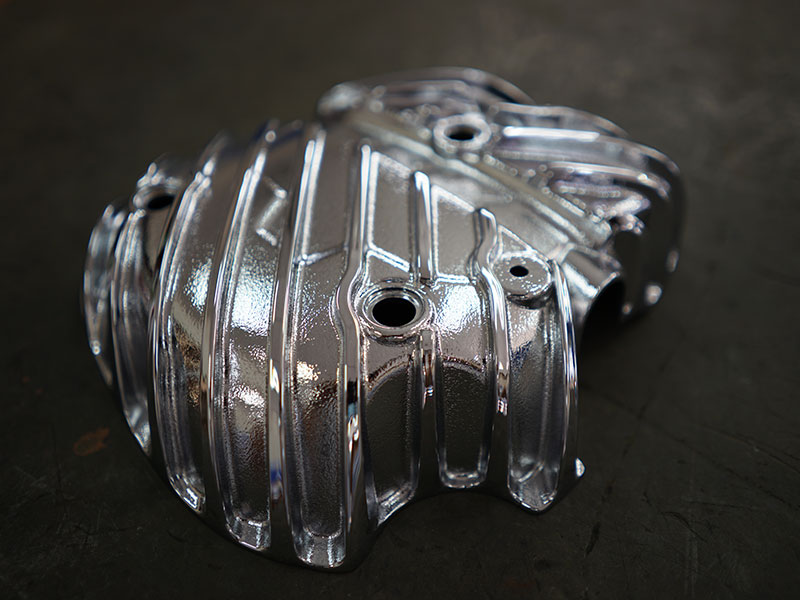Diecasting is an extremely pertained to production procedure that includes infusing liquified metal into a mold dental caries under high pressure. This technique is celebrated for its capacity to create intricate shapes with impressive precision and consistency, making it crucial in numerous commercial applications. From auto components to consumer electronic devices and house appliances, diecasting plays an important duty in making high-grade, long lasting components. As technology breakthroughs, the efficiency and capabilities of diecasting remain to expand, reinforcing its importance in modern production.

The diecasting procedure begins with the creation of a die, which is a specialized mold and mildew made from solidified steel. This die is made to withstand the roughness of repeated usage, making certain that each cast component preserves its specific shape and requirements. When the die is ready, liquified metal- generally light weight aluminum, zinc, magnesium, or copper- is forced into the mold dental caries under high stress. This stress is important for ensuring that the steel loads every contour of the mold and mildew, resulting in a component that is both precise and detailed. The quick cooling and solidification of the steel within the die better improve the accuracy of the end product.
One of the primary advantages of diecasting is its capacity to generate get rid of exceptional dimensional precision and smooth surface areas. This accuracy reduces the requirement for extra machining and ending up, which can save time and reduce production expenses. Additionally, diecast components are recognized for their toughness and resilience, making them ideal for applications that need high performance and integrity. The capacity to produce intricate forms in a solitary action additionally sets diecasting apart from other manufacturing processes, which may need numerous steps to accomplish the exact same outcome.
Efficiency is another key benefit of diecasting. The procedure is highly automated, enabling the quick production of large volumes of get rid of constant top quality. This high throughput is especially helpful for markets such as automobile manufacturing, where large amounts of the same components are required. Diecasting additionally minimizes product waste, as excess steel can be accumulated, remelted, and recycled. This not just makes diecasting an affordable option yet also an environmentally friendly one, contributing to lasting production methods. To generate supplementary information kindly check out Senadiecasting

In spite of its lots of benefits, diecasting does provide some difficulties. The preliminary expense of developing the dies can be substantial, which could be excessive for smaller sized manufacturing runs. Furthermore, keeping specific control over the temperature and stress throughout the spreading procedure is crucial to ensure constant top quality, which can be practically demanding. Nonetheless, developments in technology have actually substantially alleviated these obstacles. Modern diecasting machines are outfitted with innovative control systems that boost precision and reliability, making the procedure a lot more obtainable and reliable than in the past.
The future of diecasting looks promising, with ongoing innovations targeted at enhancing efficiency and expanding its applications. Growths in materials scientific research are resulting in the creation of brand-new alloys that use enhanced efficiency characteristics, such as increased toughness and resistance to corrosion. On the other hand, advancements in automation and electronic technologies are enabling greater precision and control, additional reducing waste and production costs. As sectors continue to require high-grade, economical manufacturing services, diecasting is readied to play an increasingly crucial role in meeting these requirements.
Comments on “Diecasting: Revolutionizing Modern Manufacturing”